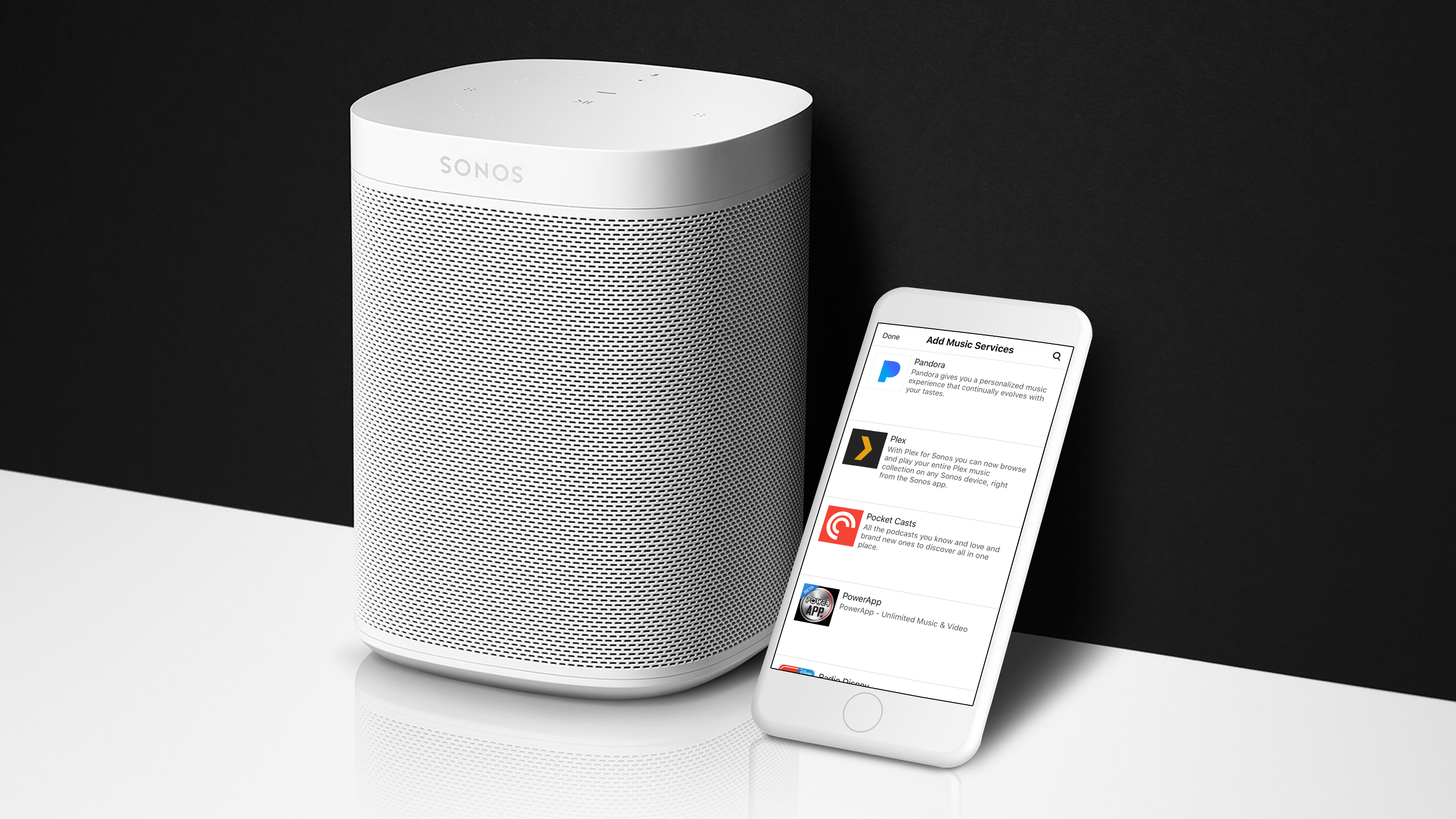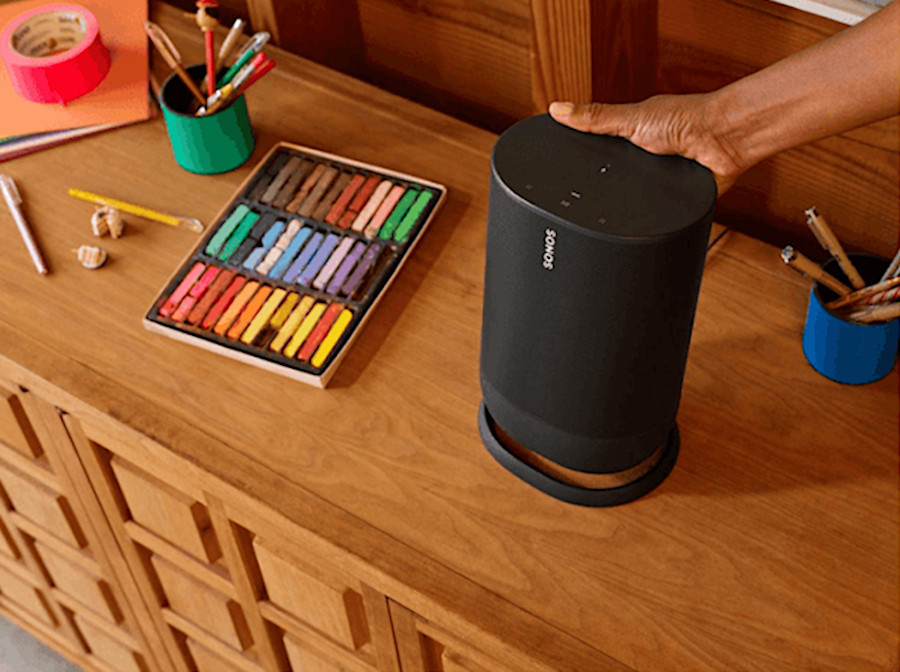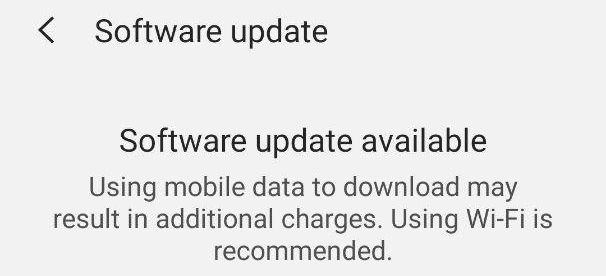There have been headlines lately about a number of tech companies, broken hardware and the associated social media rage. Some of it born of frustration with inadvertently broken hardware such as the preview program on Google Home speakers, some from anger over losing functionality with the Sonos saga currently emerging and most of it has been caused by a lack of understanding.
A quick refresher on what has happened
By far the biggest eruption of rage lately was directed as Sonos. They announced that they were ending support for their older hardware, most of which is 10 or more years old. To try and put into some context, the hardware we’re talking about wasn’t designed to stream media but Sonos made it happen.
As the market changed, Sonos worked to ensure their old hardware still delivered a great user experience and now the time has come where that legacy hardware just can’t keep up with the expectations of the current streaming world.
The actual problem is that Sonos was originally going to block updates for all hardware in a network, based on the presence of legacy hardware, or at least that’s how it was understood.
Whether that was the intent or not, the correction came quickly that old hardware will not receive new features vs being disabled or disabling your other hardware updates also.
Would you prefer a consistently great user experience or continued updates? Old hardware can’t necessarily do both
In its press statement, Sonos addressed exactly this fact starting that their old hardware is at a point where continuing to update it could well jeopardise the user experience.
Another recent example is the Google Home speakers that have suffered some interesting failures as a result of “bad” updates. One was a firmware update that bricked some speakers and users who contacted Google were able to have their speakers replaced. The other was associated with the preview program but was able to be recovered.
Updates will end at some point – it’s not fair to expect indefinite support
Personally I feel like there’s a loss of perspective when the hardware is an active part of your daily life vs “infrastructure” in your home. Unless you’re paying a subscription fee of some sort to ensure you continue to receive updates, then it’s not fair or realistic to expect indefinite support.
In a recent Technology Uncorked podcast, Geoff Quattromani nailed it when he said:
How many people have got a product in their house that’s over 10 years old and has received a software update this year?
None!
He’s absolutely right.
If you’ve got a 10 year old PC that’s still working and meets your needs, you’re very lucky! I don’t know anyone with a mobile phone that old and similarly aged TV’s probably aren’t “smart” TVs that require software updates.
At that age, for a business to invest time – as a by-product, money – in updating a device just isn’t a reasonable expectation of manufacturers. That actually highlights another issue with some of the upset that users have expressed lately.
Buyers expectations and standards aren’t consistent
With the rapid progression of our connected world, there are huge numbers of users who update their mobile phone every year at a cost of over $800.00 every time.
While more focussed on mid-range manufacturing, HMD Nokia has made a big deal of their commitment to 2 years OS upgrades and 3 years of security updates. This means that after 3 years, your phone will no longer receive updates. For some further context, the Google Nexus One was released 10 years ago and realistically, that hardware just wouldn’t handle Android 10 with all of the feature development since that time.
Perhaps it’s the expectation that has been set for us by phone manufacturers and hey… more power to them. But this makes me wonder why it’s so unacceptable for a device that costs $150 to fail or why a 10 year old $800 device to stop getting updates is met with such a significant reaction.
It’s easy to understand something that users haven’t seen any degradation of performance from can give you a false impression of general electronic health, but in the background, it could be working at absolute capacity to keep up with your current needs – far beyond it’s designed capacity and life expectancy.
How long can you reasonably expect equipment to last?
There’s a lot to consider when trying to answer this question but for a lot of users its a very simple thought process, it cost me a lot of money so I want it to last a long time. There are hardware limitations involved as well.
While the majority of current release hardware is designed on 64-bit architecture, for any hardware running on a 32 bit there is a hard date when it will cease to function in January 2038. It’s then that the timeline hits its capacity to understand the time and we’ll face another potential Y2K style tech-armageddon where binary time will go from:
11111111 11111111 11111111 11111111
to
00000000 00000000 00000000 00000000
Where the “time” correlates to December 1901.
That aside though… what is a reasonable time to expect hardware to last? I have my own expectations and thoughts on this
I expect something to last its warranty period, I expect that a more expensive item like a laptop will live long enough to have some resale value and consider a $500 item “disposable” after a few years.
But I also have some caveats on that… for a start, if it’s a particularly expensive piece of tech I expect a 3-year lifecycle as a minimum, more if the cost is higher. eg. an $800 phone I would expect one to two years and a laptop I’d look for three more with a decent resale value behind it.
What are your thoughts?
Everyone has their own thoughts on what is fair and reasonable. Share with us your thoughts on technology, cost and its expected lifespan.
- Do you think it’s fair to expect 10 years or more of from hardware?
- How long do you believe it’s reasonable to expect software updates to be available?
- Do you believe we should expect longer life of more expensive items?
- Do you believe the upset caused by Sonos’ decision to end new features on old hardware was a justified reaction?








This change is not down to the inability to keep older products up to date, it is down to greed and refusal to continue the support. If older products where still making Sonos money, there is no way in hell they would be pulling this stunt.
The Sonos controversy is very simple and still not ok however you or Sonos choses to view the situation. The fact that you won’t be able to keep legacy speakers on the same system as newer speakers without missing out on new features for the newer speakers is not ok. People are not expecting the legacy speakers to do more. Just to be able to keep them around, since they are still good. The problem is that Sonos has set up their system so that apparently the lowest denominator (the oldest speaker) sets the limit for how much you can… Read more »
Couldn’t agree more. The fact Sonos still haven’t confirmed how is all going to work even in say 1+2 years time when they make more speakers “legacy part 2” is an issue as well.
What happens to those future legacy ones?they could have all latest features to date, but then have to go back to May 2020 “legacy 1” firmware.
Otherwise you could end up with 3 groups of speakers or more.
I disagree. I grew up in the other side of the iron curtain in times where anything was in short supply. You’d repair everything, TVs, radios, fridges. Repairing things was still a thing here in the 80s and 90s. It’s only in the last 30 years that we’ve become a throwaway society. So, what happens when your smart device becomes dumb? It’s not just that it no longer gets fancy new features but more importantly, you lose access to security patches. Your once smart device becomes a candidate for the next wave of botnets! So is it reasonable to expect… Read more »
The simple thing here with Sonos is to compare to mobile phones and laptops. But you just can’t. As you said in the article, most people expect 3 years from a phone and a little longer for laptops. The issue with Sonos is that it is a premium HiFi product, with a premium price tag. People dont go out and replace their hifi speakers every 3-5 years. Its just not comparable. I still have some hifi equipment thats over 20 years old. If thats what Sonos expects, then sell the speakers for 1/4 of the price and people will be… Read more »
The issue is removing features, not continual support.
People expect the exact same experience everyday. This is why they are APPLIANCES. They don’t care about some random new thing that wasn’t even around when they purchased their devices; only for the functionality they had at the time of purchase, nothing more, nothing less.
This was a clear, calculated move by Sonos to push upgrade sales numbers up.
I dont have one of the older speakers, and don’t have a strong on the matter, but I’m not sure that’s a fair representation of the situation. My understanding, and I may not have been paying close enough attention, was that Sonos originally said that when they blocked the updates for the old units then it would effectively brick them within your setup as all units need to be on the same firmware. I think they then came out and said that they are “trying” to find a fix. I suspect that wording is just to dampen the negative publicity… Read more »
My understanding is: They won’t stop anything working unless you choose to take them up on the subsidised upgrade.
Then after a period, they’ll “brick” your older hardware.
Nothing will regress in functionality, but old hardware won’t get the new functions.
Indeed there was talk of it intentionally bricking devices. And we aren’t talking about accidental oops our new software doesn’t run on older speakers and now they’re broken; here have some cheap replacements.
It’s a clear, deliberate move.
I think the industry needs a standardised.way of handling obsolescence of internet enabled (IoT) products. This should include opening the product up for tinkerers (by open sourcing some or all functions/APIs), providing for a non-internet enables feature set that at least means the product is not bricked when the cloud services are disabled. For the industry not to do this is shooting themselves in the foot by burning their customers. Eventually the amount of waste and failure to adequately plan for graceful obsolescence will become a mater for consumer affairs agencies world wide, and that would eventually meet with government… Read more »
They already run an unknown IoT style board however it’s asking a bit much to want those components to be modular/have upgradable BT radios.
That said BT is backwards compatible….. So there is no legitimate reason for CURRENT features to work ANY differently.
It doesn’t matter if my expensive speakers EVER get a software update.. as long as they play audio, in this case wirelessly
Tough one. I think Sonos created this issue partially themselves. They’d always marketed themselves as different and sold themselves on ongoing support. They also didn’t explain why they were doing this – eg. We want to introduce HD-Audio or Bluetooth, or Wifi6 or whatever and these old devices don’t support it. While some devices were 10+ years old some were quite recent as Sonos hadn’t updated the RAM of some expensive units (eg the Sonos:5) And finally I think expectation of the category. High end audio equipment has always been known to last – even if the format record, tape,… Read more »
Phil, I very much doubt that you used to think a new car should last for 2 years. I expect most items to last way past their warranty periods as most are unrealistically low in any case so you probably need to know your consumer protection rights (https://www.accc.gov.au/system/files/Warranties%20and%20refunds%20-%20a%20guide%20for%20consumers%20and%20business.pdf). I’d expect an expensive speaker to easily last 20+ years, although now that they have electronics in them, that complicates things. These need to be upgradable for a small fee to let’s say upgrade memory or a small motherboard, that capability needs to be designed in upfront. Sonos would be better off… Read more »
Hey Dennis, all comments are held for moderation before publication – some people (not you) can’t be nice, so before we publish anything, we make sure it’s a legit comment. We generally approve comments within half an hour or so during the day. Overnight they do back up, but we review them fairly regularly. You can create paragraphs, but they don’t display in the preview. As to your actual comment, I agree – many things should last longer than their minimum warranty period. Statutory remedies are limited, though – for mobiles, generally its a couple of years, for more expensive… Read more »
I moderate my Forum users initially, once proven, I immoderate them
We’ll try that Dennis and see how the public behaves.. those with an approved comment can comment immediately, others held for moderation.
Hey Dennis, Thank you for the really constructive comment. 🙂 I sincerely hope hardware I purchase will last beyond the warranty period too but don’t get too bent out of shape if it does fail. I think the new car analogy is a bit of a long bow to draw for a few reasons: 1. Different industry from consumer electronics 2. Cars don’t get upgraded as a general rule, what you buy now is what you’ll have in 10 years time. 3. You routinely – at least I hope you do – pay to have your car maintained in good… Read more »
Any mention of update limits need to be on the box. A speaker is a speaker, doubt changing MB would be complicated or any additional cost if more than 2 seconds thought went into it.
Phil, I disagree with your point 2. Vehicle software as a service is already here.
Fairfax News, Drive, 11 Feb 2020
Tesla remotely removed features from a Model S – report
https://www.drive.com.au/news/tesla-remotely-removed-features-from-a-model-s-report-123222.html
So core and feature vehicle software is both upgradeable and able to be remotely disabled. So whilst the physical vehicle might be the same in 10 years time, with upgrades, the software won’t be.
This raises an interesting point for this class of product. Would people be okay if their car was bricked by Tesla if they discontinued updates. Doubt it.
I never bought it but for premium sound speakers something like a Chromecast audio seems like a better solution. Consumers can’t be in a position to upgrade everything on a few years cycle. My thoughts here go to fridges and washers with IOT functionality. We would be reluctant replace every few years
Well I have an 11 year old laptop, that was not only upgraded to windows 10, but still received updates. Granted it doesn’t run as well as newer hardware, but you would be surprised how well it still goes. I’ve kept it as it’s my only device with an optical drive
I think the Sonos upset was due to a few different factors coming together at once. 1. Sonos gear still requires people to use the insecure SMB1 protocol (a protocol that even MS is saying should no longer be used due to how insecure it is) with no prospect of an update to change that as far as I’m aware. 2. Sonos’s “recycle mode” controversy where activating it turns the device into an expensive paperweight after (AFAIK) 21 days. 3. The end of support controversy referenced in this article – which I’m guessing was the straw that broke the camel’s… Read more »
Might 1 and 3 be related? I have mixed views on 2 but at least it’s entirely optional.
1 is an unrelated issue that did get a bit of attention when the WannaCry and NotPetya ransomware were doing the rounds.